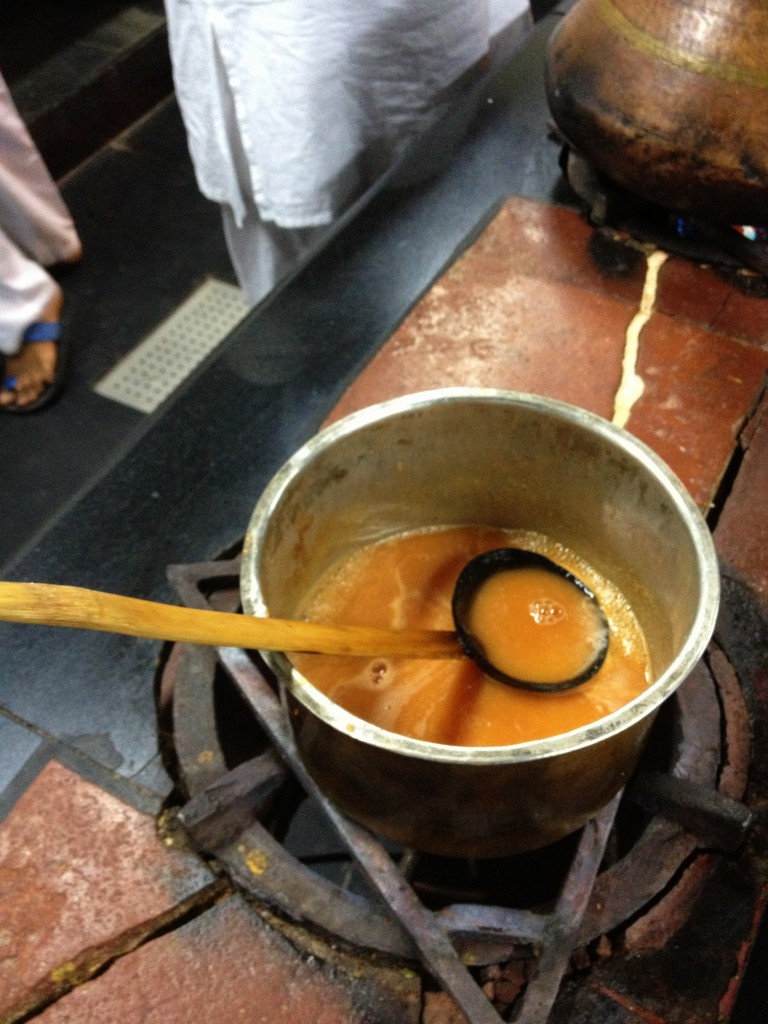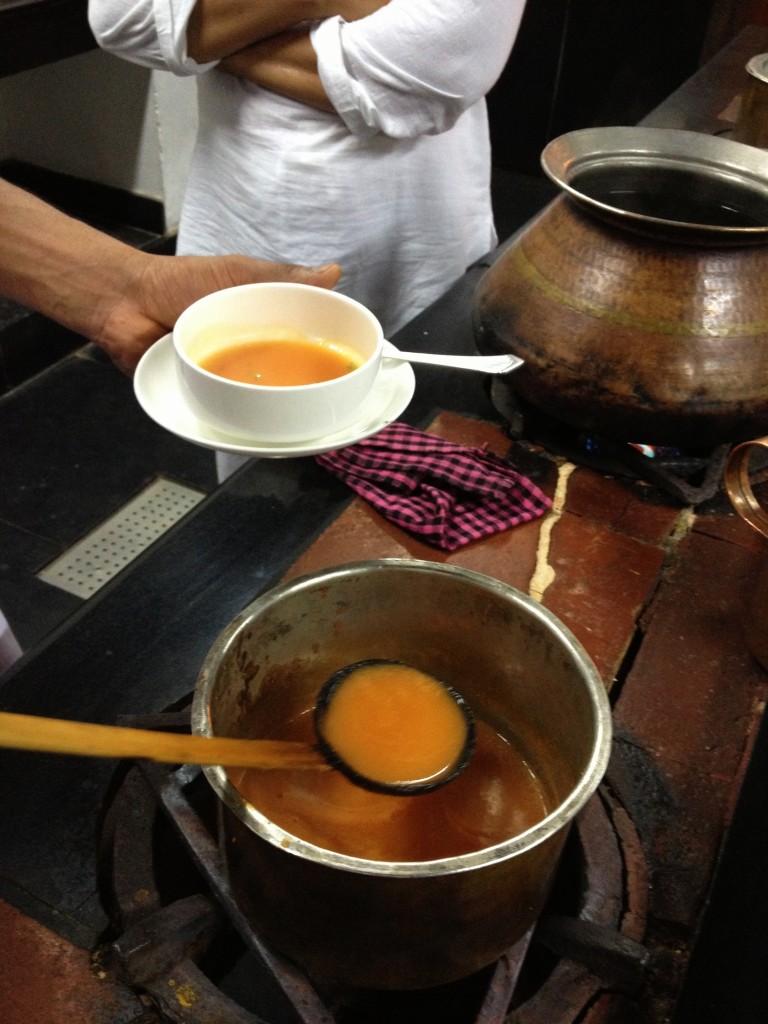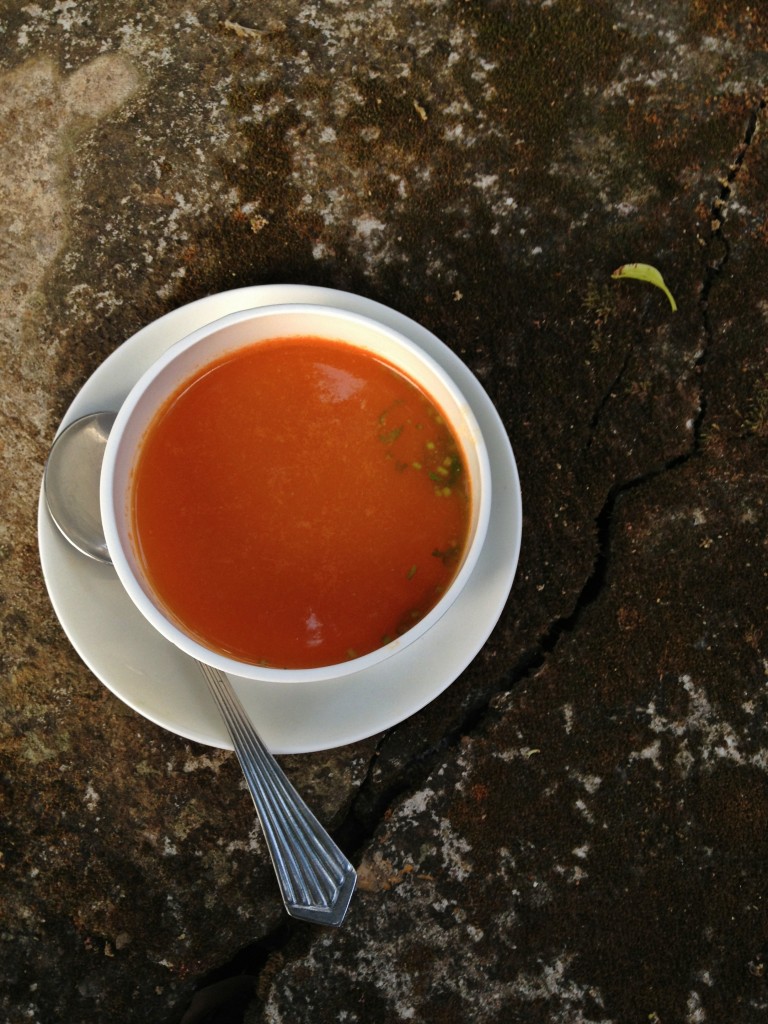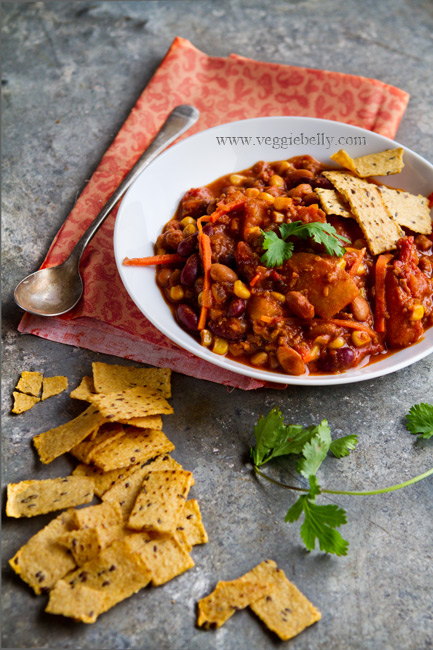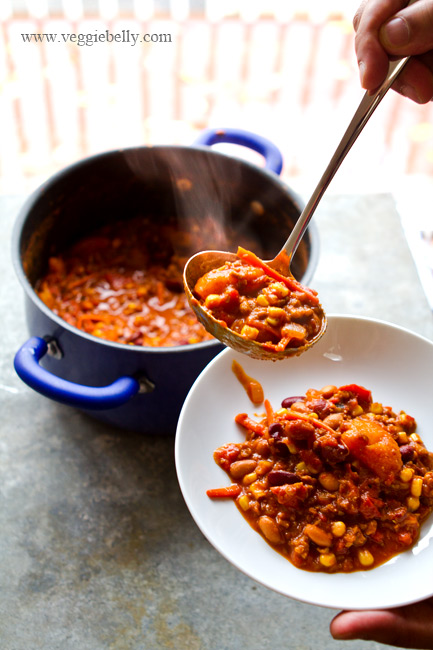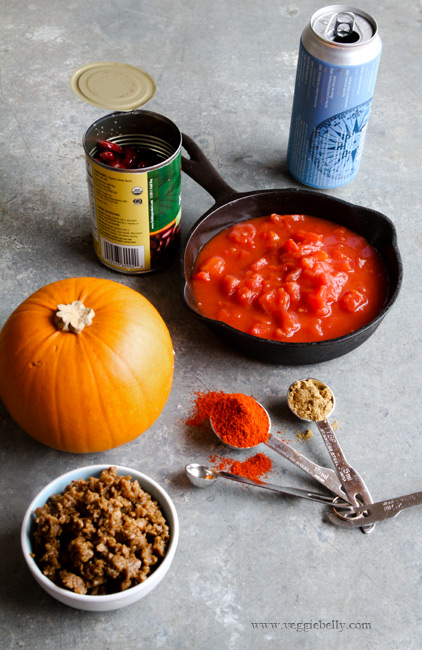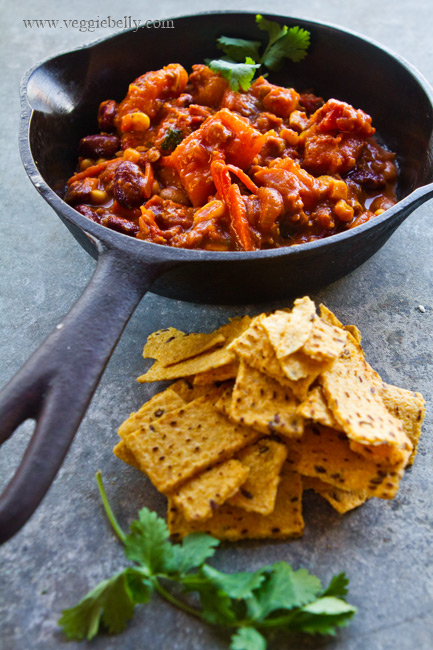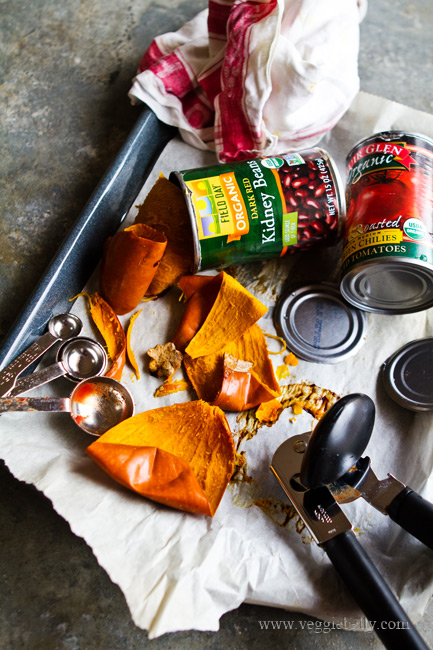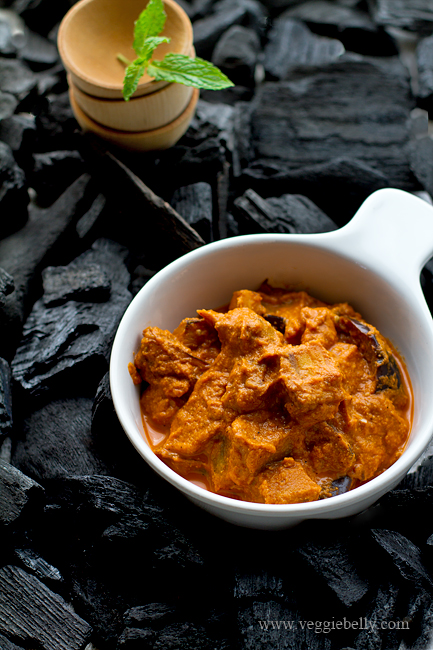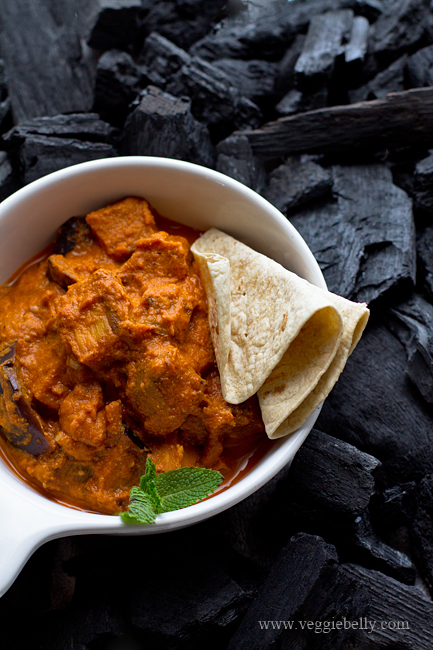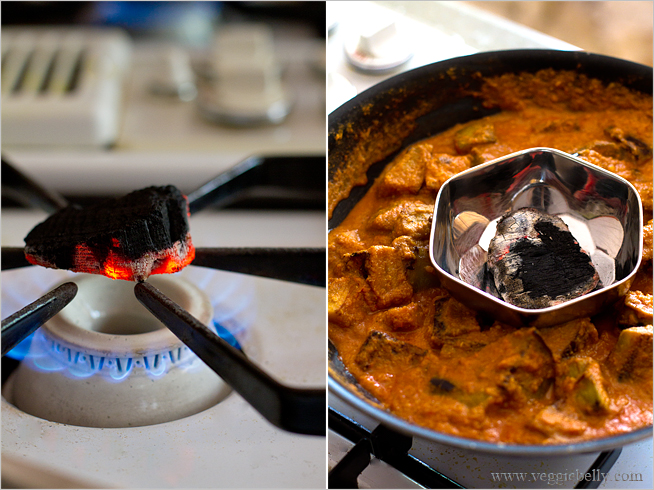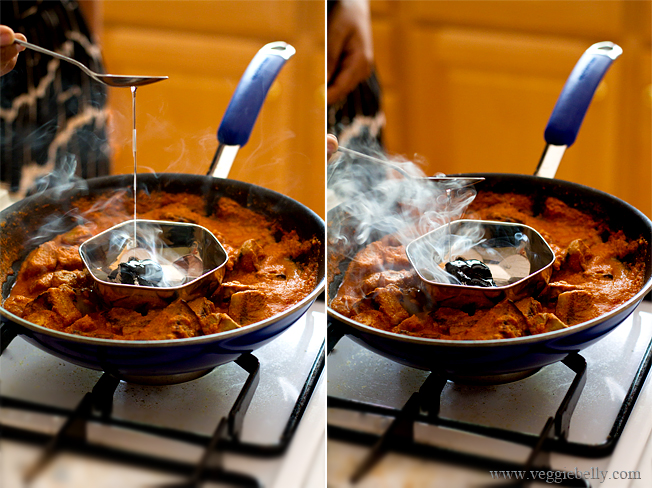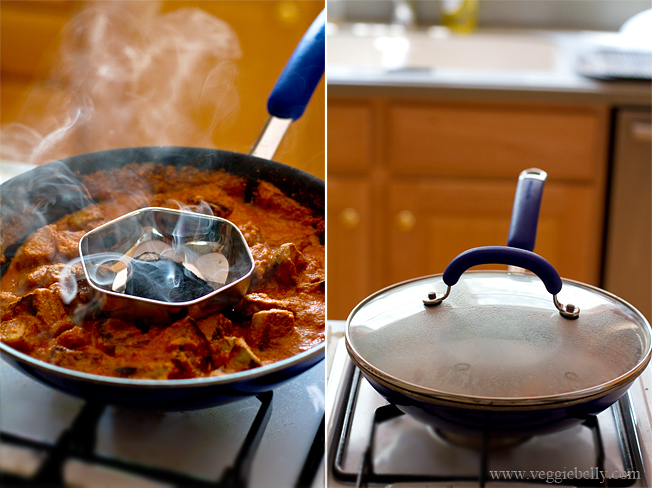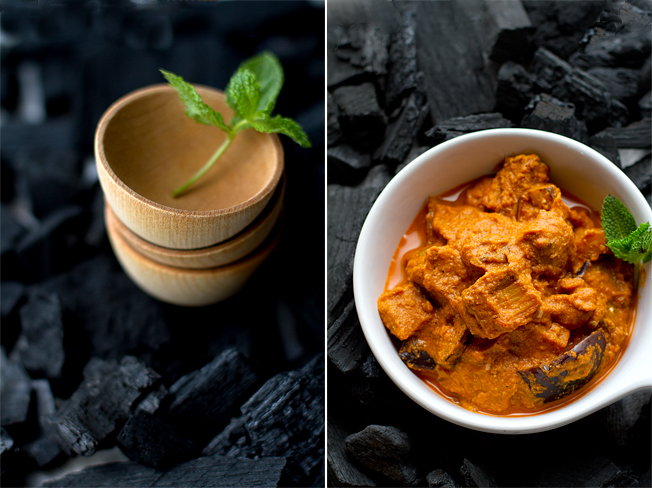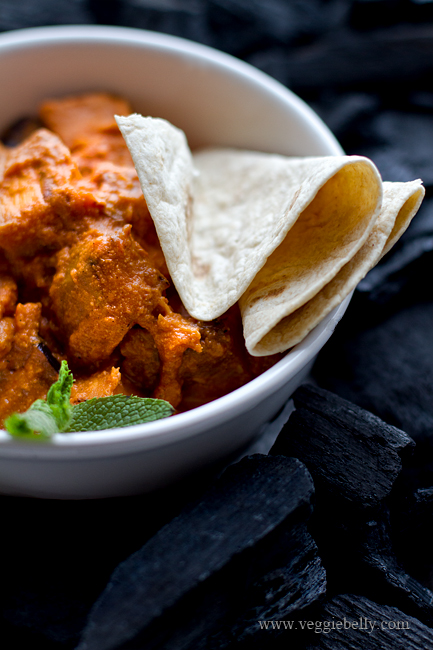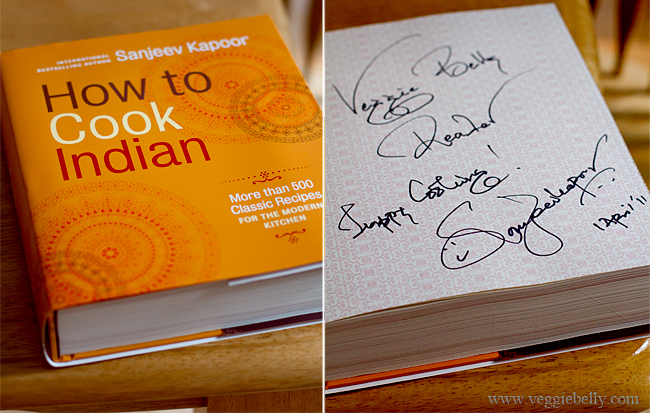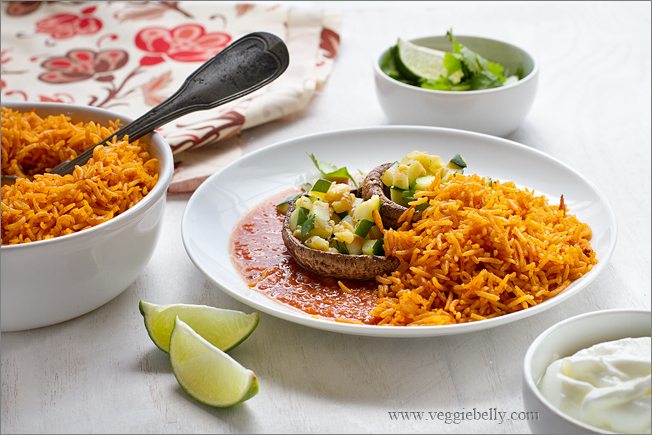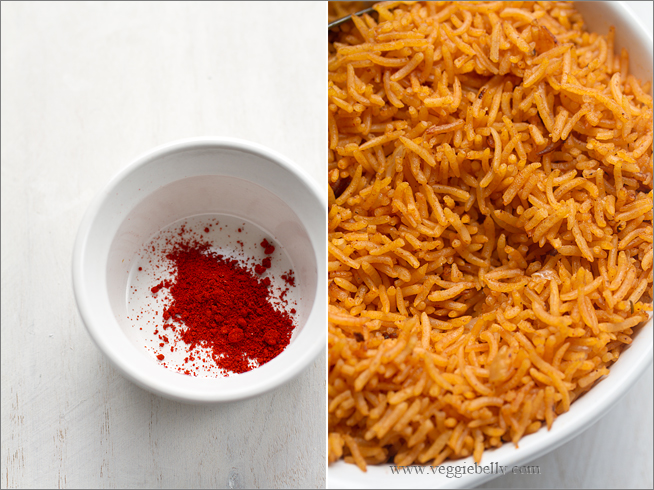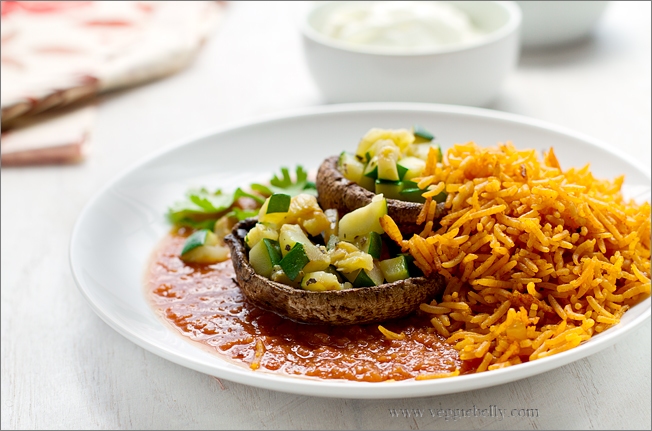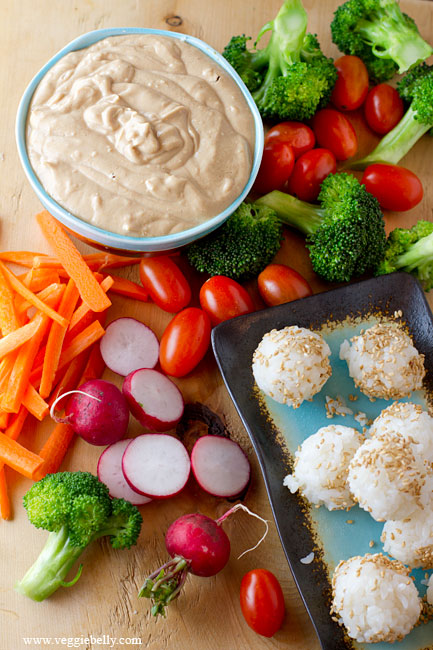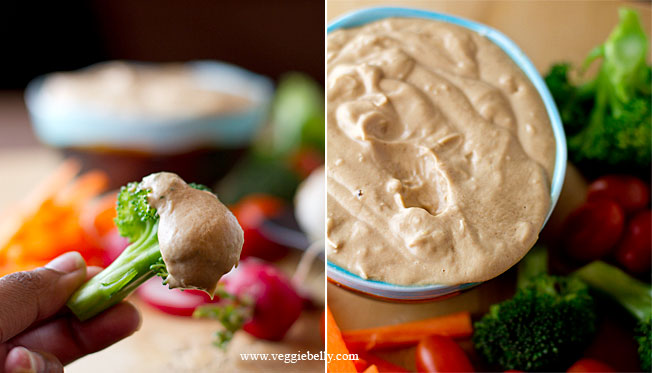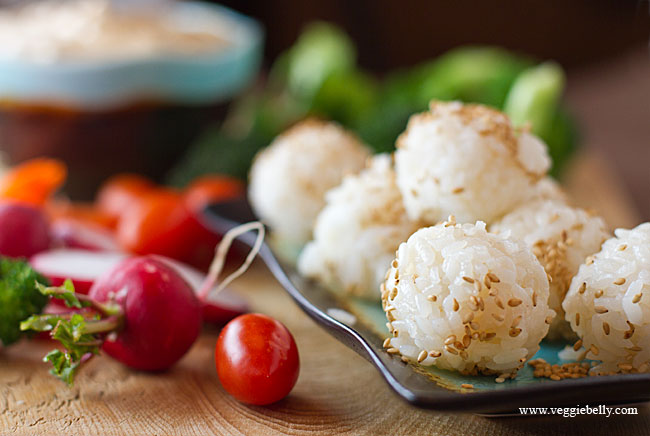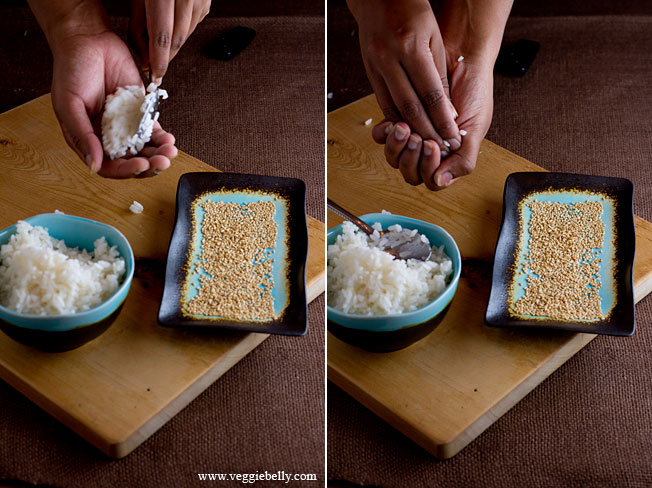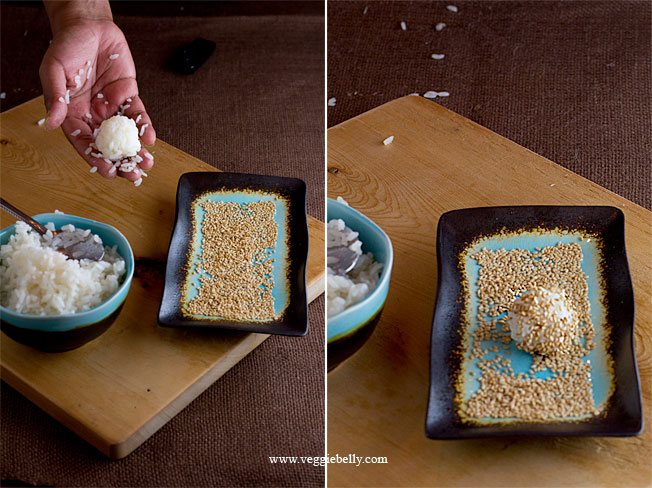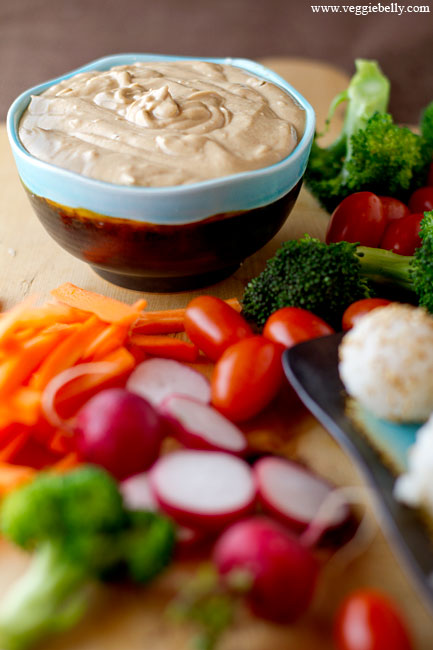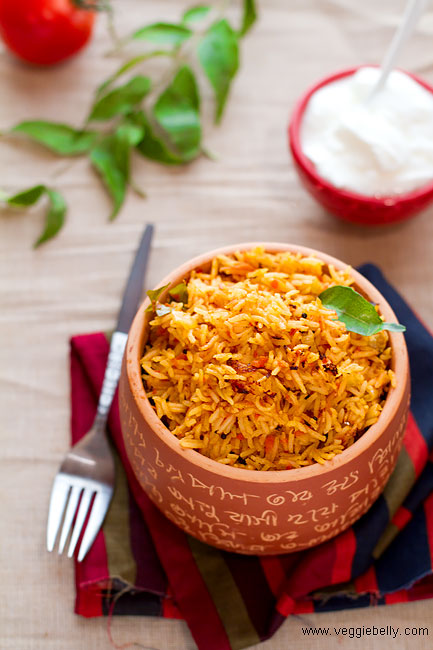
If you’ve been reading my blog for sometime, or you have been following me on twitter, or facebook, you know I have a great love for traveling. Travel opens up the mind, gives me different perspectives and squashes prejudice. I learn so much through the things I see and the people I meet my travels.
One such person was Monika, whom I met in Melbourne. (More about my Australia, New Zealand, Fiji trip in later posts!). Both Monika and I were staying with a host family for the weekend. Our lovely hosts were Hungarian, lived in New Zealand, and then moved to Australia. Monika is Polish, grew up in Germany, and studied in Spain. Then there was me – grew up in India, studied in the UK and now live in the US. We were all representing at least 3 countries each, and combined, have traveled to over a 100. So you can imagine all the international conversations we had!
Monika and I were roommates for the weekend. We chatted through the night, lying on our bunk beds, discussing life, love, marriage and men in our respective countries. We both learnt so much from each other that weekend.
I decided to cook an Indian meal for Monika and our hosts. I was more than thrilled to find out that our amazing Hungarian hosts had a pantry full of Indian ingredients, including asafoetida and curry leaves!
When I finished making tomato rice (which Monika loved!) and pumpkin curry, the aroma of curry leaves, turmeric and fragrant basmati filled the kitchen. I was nearly transported back home. Only, I was in Australia, happily finding curry leaves in a Hungarian fridge!
This is for you Monika ♥
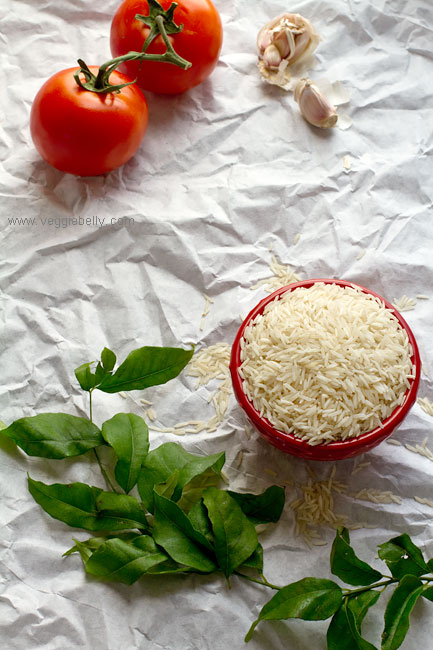
A good paella always has a crusty bottom called socarrat. To me, thats the best part of the dish. I’m always scraping up the delicious crusty rice! This dish is tomato rice, not paella, so we wont call its crust soccarat. But in any case, the bottom layer of caramelized basmati rice is just wonderful.
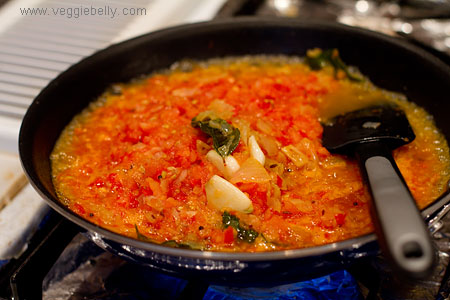
First, cook onions, garlic, and tomatoes, along with a little turmeric and paprika.
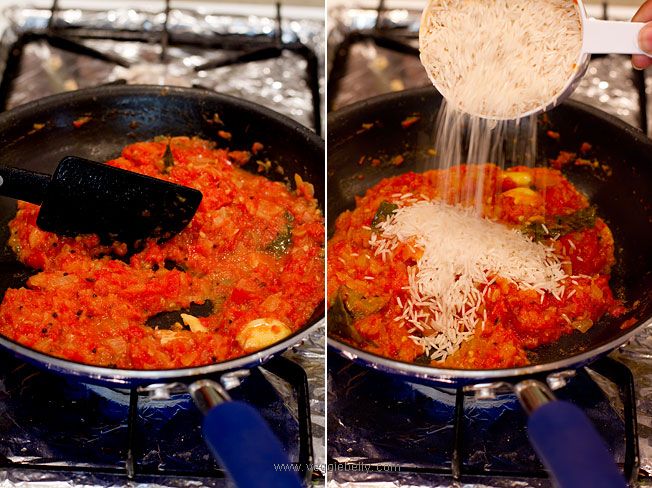
The tomatoes will break down, and the sauce will thicken and reduce to about half its original volume. Now add rice.
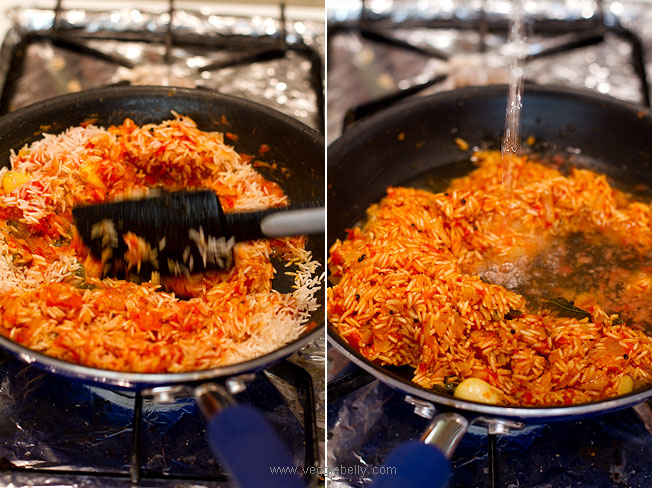
Stir the rice and let it toast a little. Then add water, cover, and simmer.
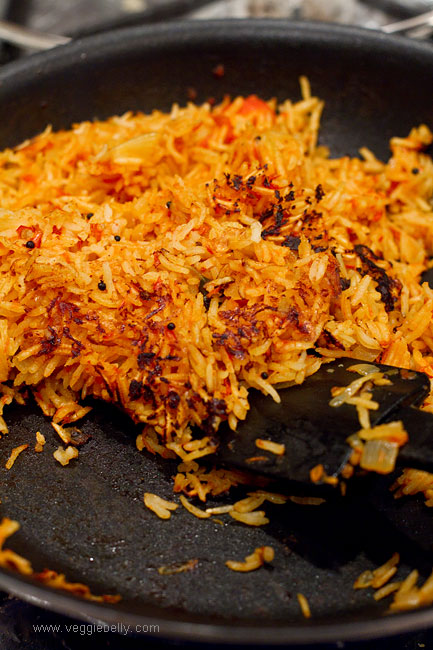
caramelized bottom layer – the best part!
How to get a paella style crust (socarrat) – when the rice is done, crank up the heat to high just for about a minute. This will make the rice in the bottom toasted and crispy. Thats it! Be careful not to burn the rice, you just want it browned a little.
You must use a wide skillet, preferably non stick, to achieve the crispy bottom layer. If you dont plan on creating the crust, a saucepan will do.
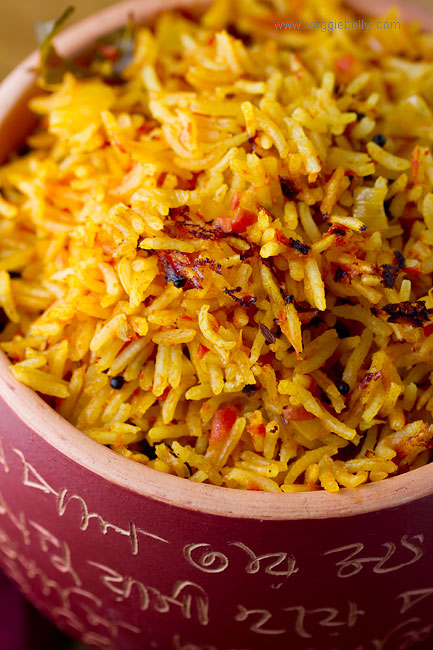
Tomato Rice with a Paella Style Crust: Recipe
serves 2-3
2 tablespoons vegetable oil
1/4 teaspoon mustard seeds
1/4 teaspoon cumin seeds
6 curry leaves
1 medium onion, chopped fine
3-4 cloves garlic, peeled
4 medium tomatoes (1 lb) chopped fine (about 2 cups when chopped)
1/4 teaspoon turmeric powder
1/2 teaspoon paprika or chilli powder (adjust according to taste)
1/2 teaspoon sugar, optional
1 cup bastmati rice
1 cup water
3/4 teaspoon salt (adjust according to taste)
Use a 10 inch non-stick skillet thats about 1 1/2 inches deep and has a lid. Heat oil in the skillet, and add mustard seeds. When they pop, add cumin seeds and let sizzle for a few seconds. Then add curry leaves and chopped onion. Cook on medium heat till the onion is lightly brown. Add garlic cloves to the oil, and stir for about a minute. Dont let the garlic brown.
Now add chopped tomatoes, turmeric and chili powders to the skillet. Add sugar if using (I like to use a little sugar if the tomatoes are too sour).
Cook on medium high heat, stirring occasionally, till most the liquid is gone, the tomatoes have broken down, and the sauce reduces to about half its original volume. This will take 10-15 minutes. You will land up with just over one cup of tomato-onion sauce.
To the reduced sauce, add rice, and salt. Stir on medium-high heat for about 4 minutes. Add water to the rice and bring to a boil. Reduce to low, cover the skillet and simmer for about 15 minutes, or till the rice is cooked and fluffy. Start checking the rice after 12 minutes to ensure it doesnt over cook.
When the rice is done, increase the heat to high. Let the rice sit on high heat for about one minute. This will form a tasty rice crust on the bottom, much like in a paella.
Serve tomato rice with my grandmother’s multi coloredvegetable raita.
Optional garnishes for tomato rice - roasted cashews, roasted peanuts, crispy fried onions, or chopped cilantro

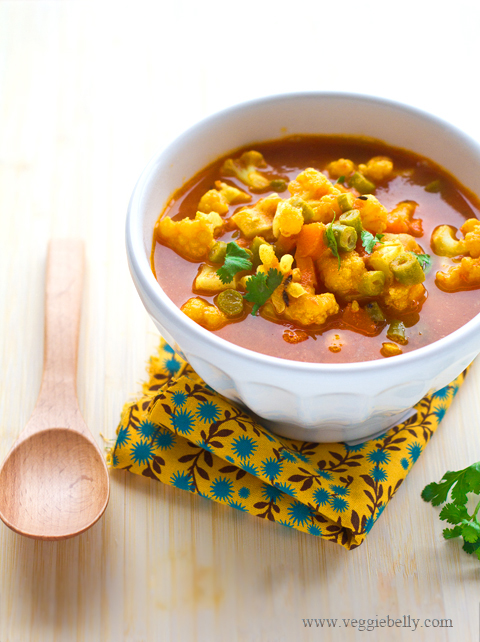
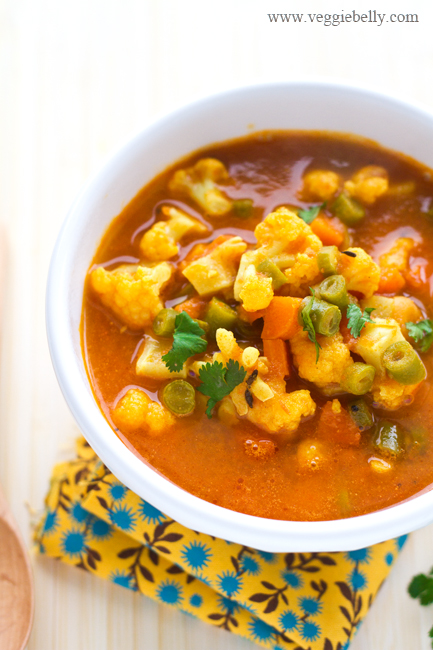

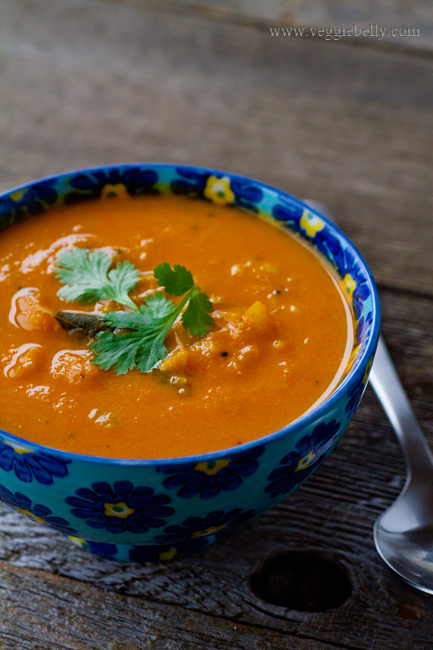
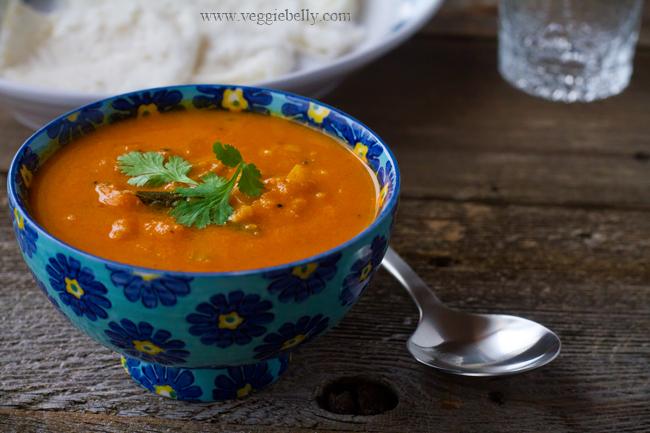
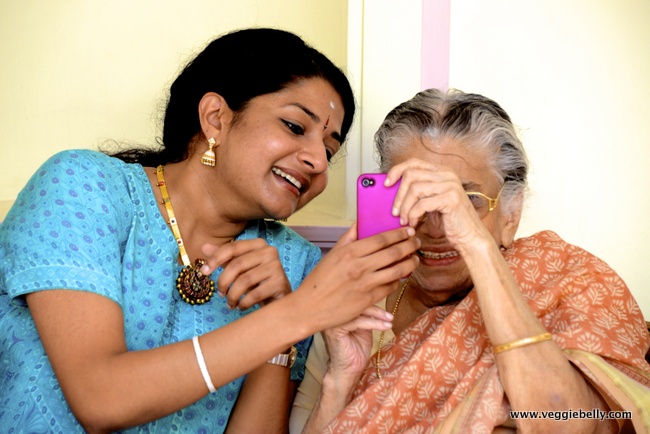
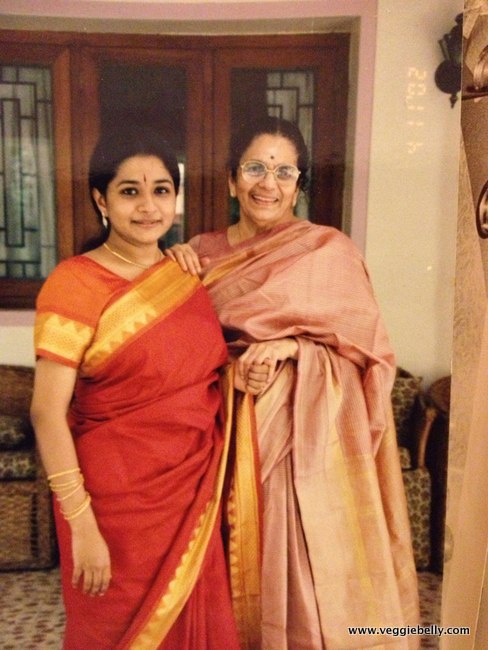

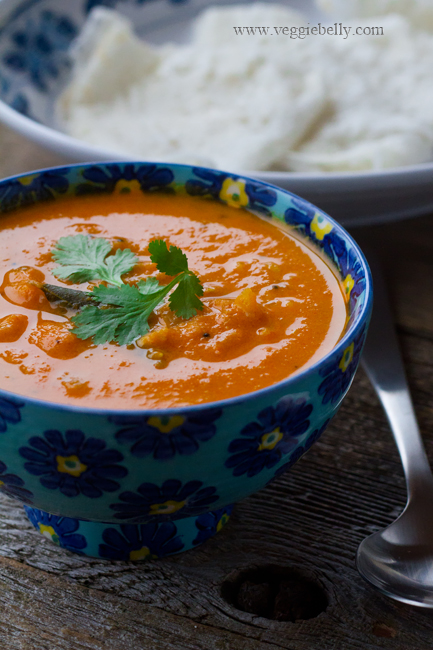
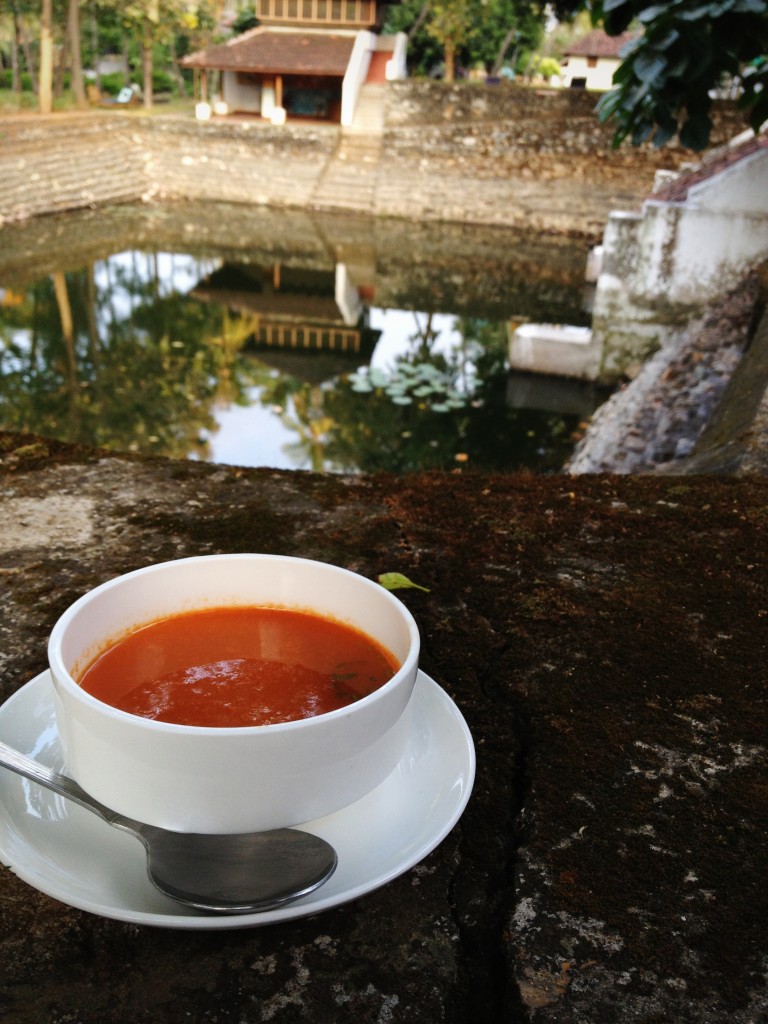


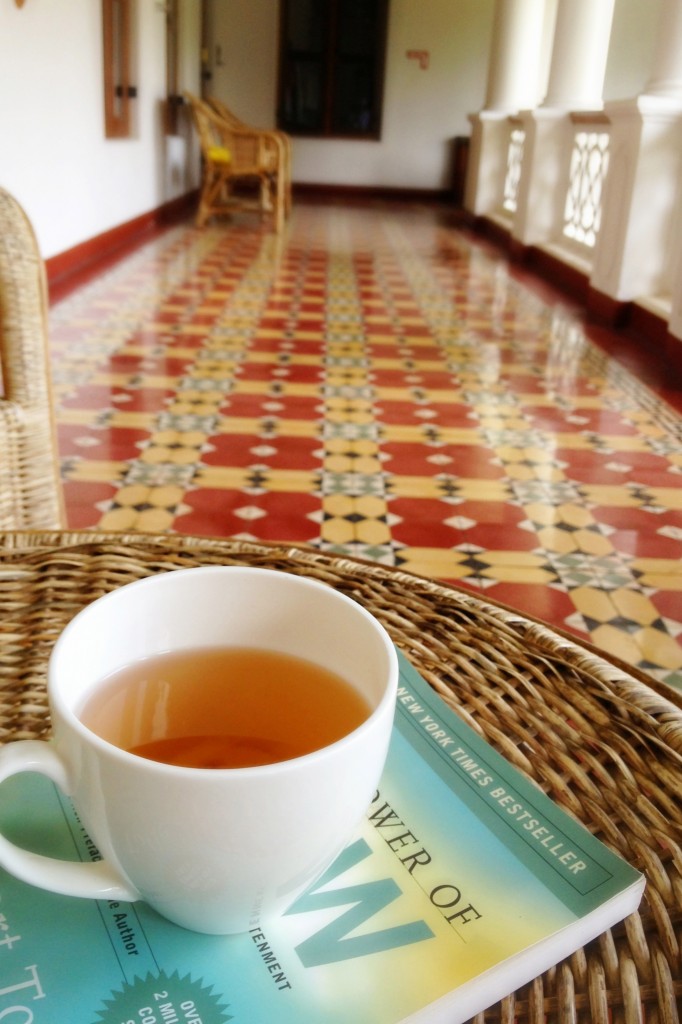
 I love sitting by the pond in the evenings..
I love sitting by the pond in the evenings..
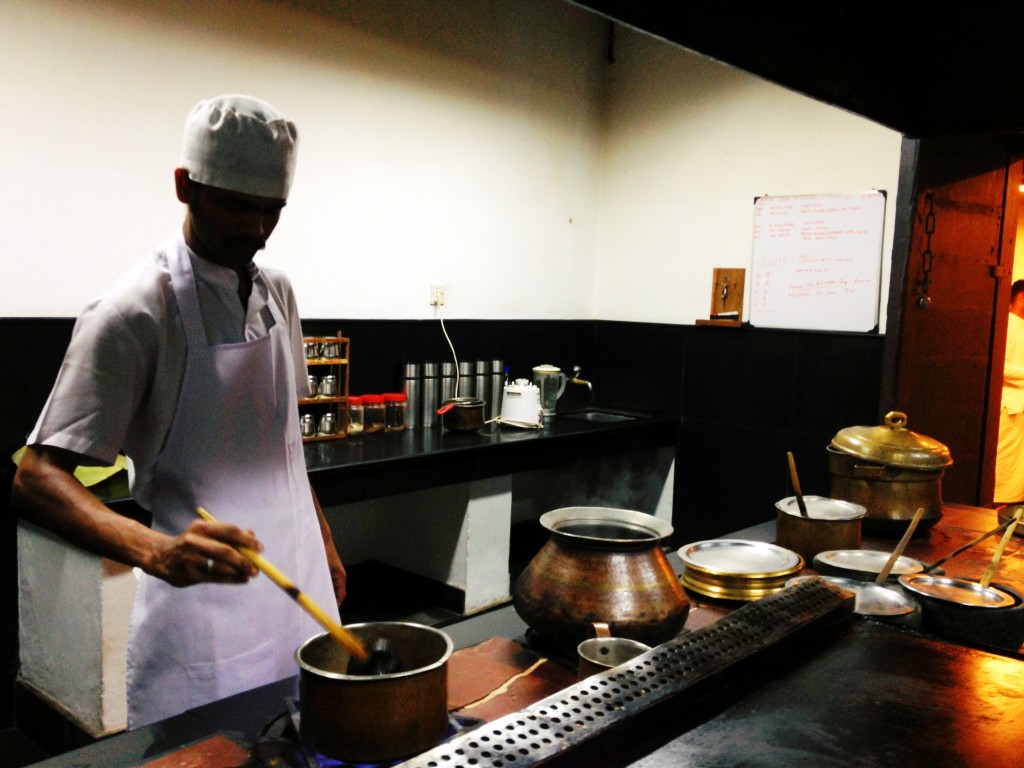
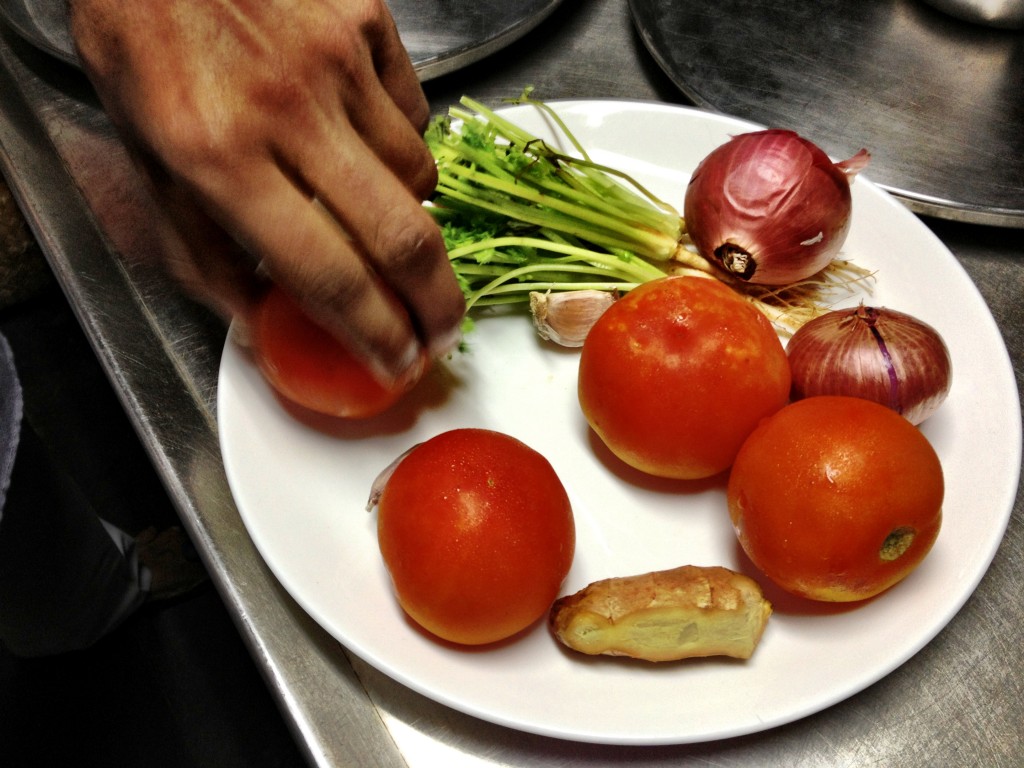
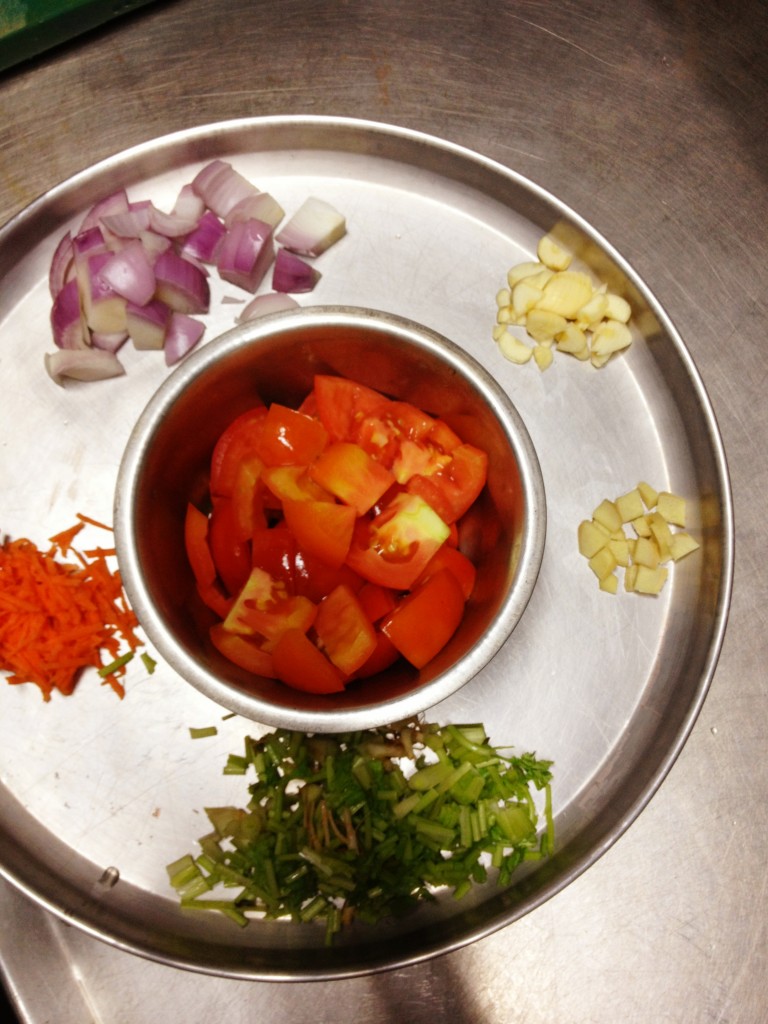
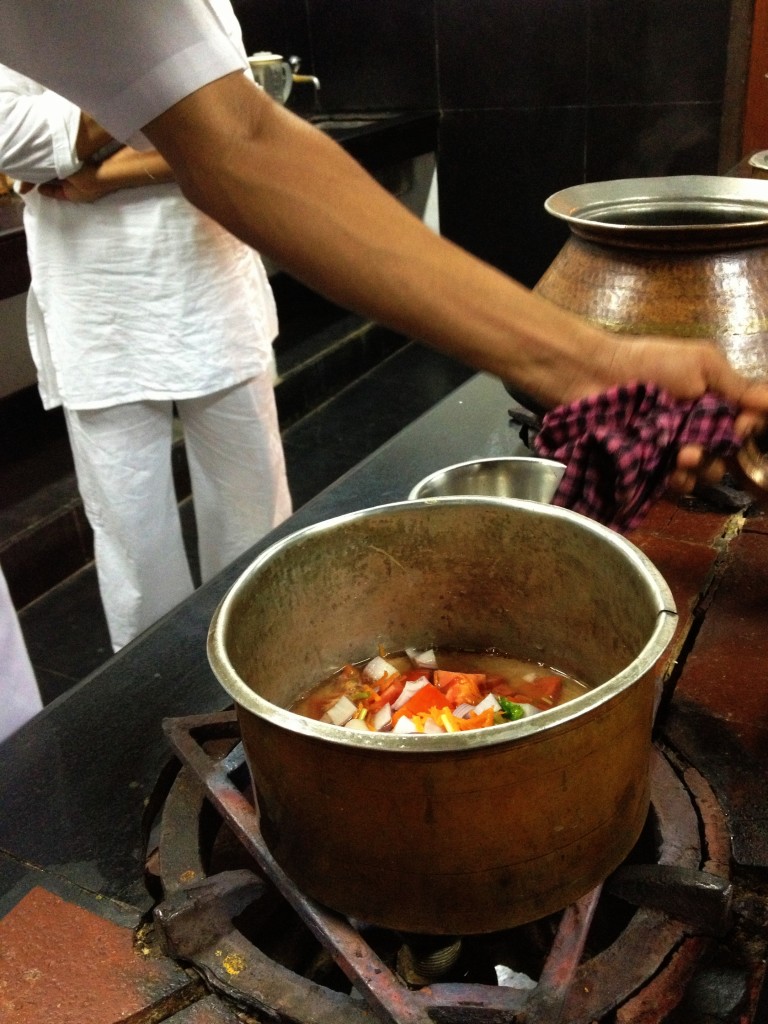
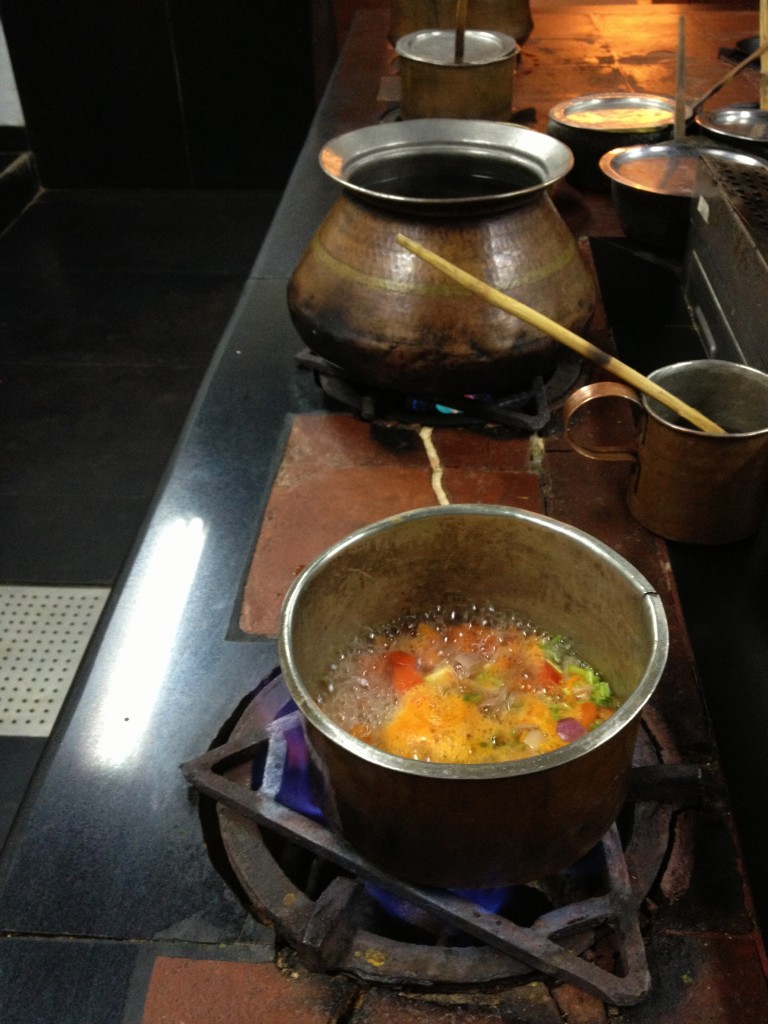 Boil till the tomatoes are soft. Then blend the soup.
Boil till the tomatoes are soft. Then blend the soup.